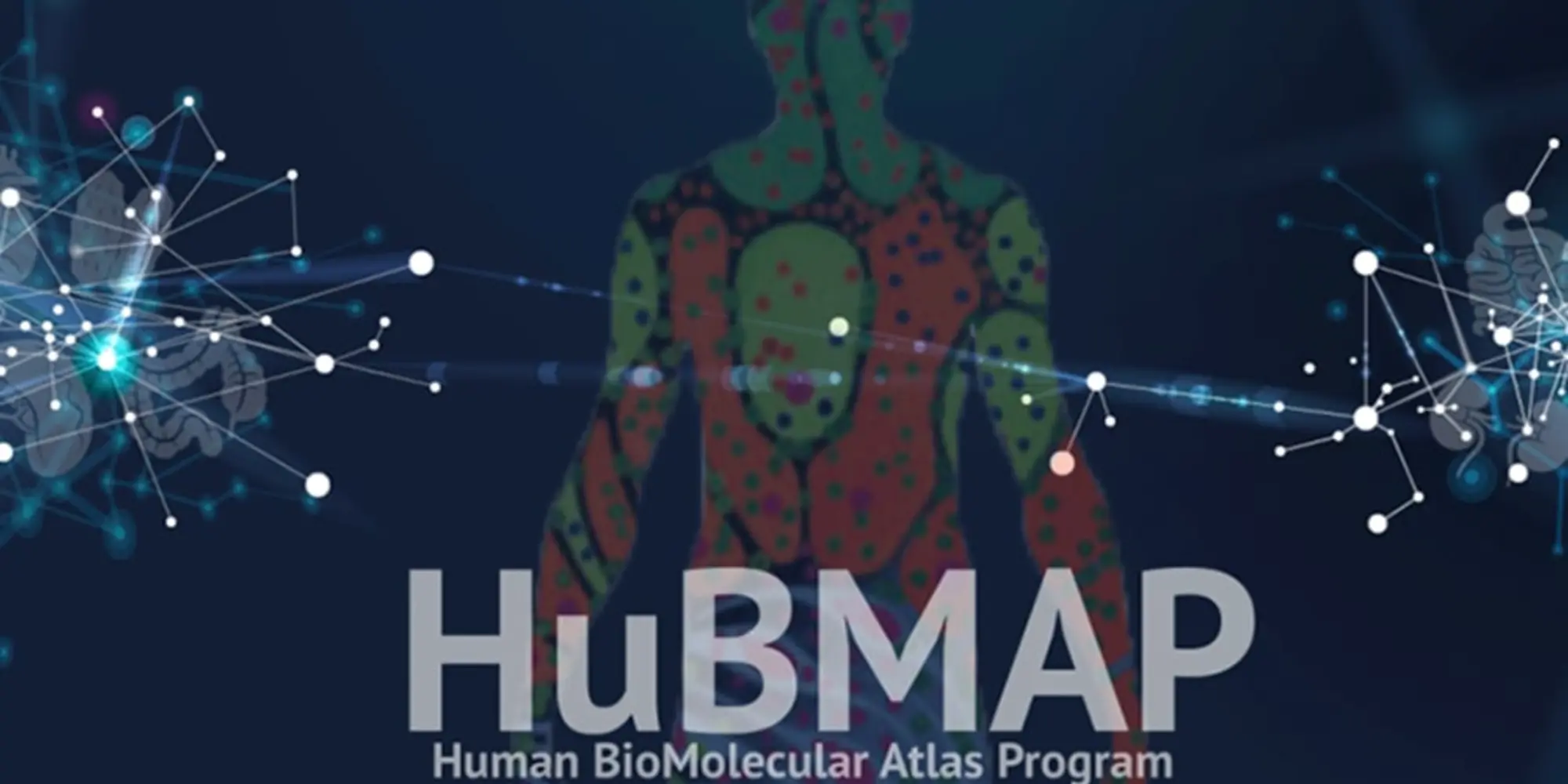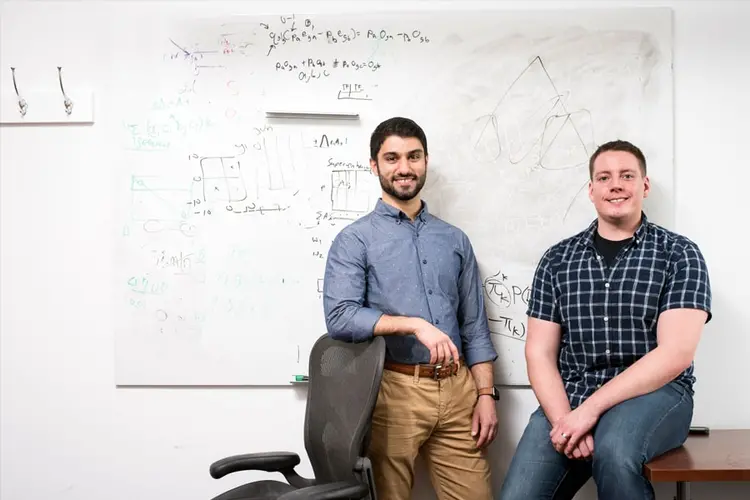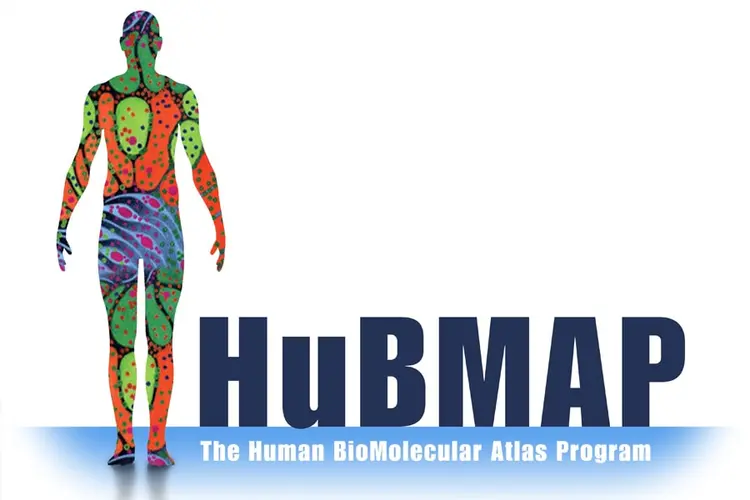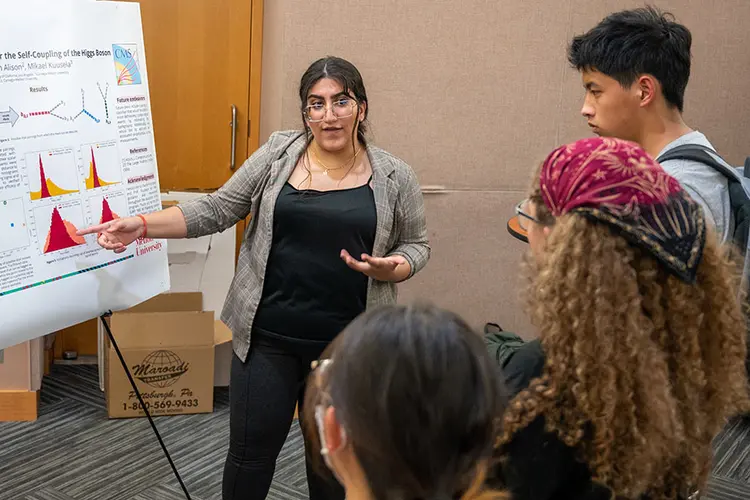
$20M from NIH Provides Infrastructure, Leadership for Project To Map the Human Body at the Cellular Level
Media Inquiries
Carnegie Mellon University researchers are part of two teams that received a total of $20 million in renewed funding from the National Institutes of Health to support the Human BioMolecular Atlas Program (HuBMAP)(opens in new window) — a consortium developing the tools needed to create an open, global atlas of the human body at the cellular level. These tools and maps will be openly available to accelerate understanding of how cell and tissue organization and function affect human health.
The HuBMAP Integration, Visualization and Engagement (HIVE) Infrastructure and Engagement Component (HIVE IEC) will receive $16 million to lead community engagement and data collection for the consortium. It will also provide ongoing hybrid cloud-based data storage, processing and analysis infrastructure to knit together the software tools and data produced by scientists in the HuBMAP consortium and the broader scientific community. HIVE IEC is co-led by the University of Pittsburgh's Jonathan Silverstein and Phil Blood(opens in new window) of the Pittsburgh Supercomputing Center(opens in new window), a joint initiative between CMU and Pitt.
The CMU Tools Component of HIVE (HIVE CMU TC), led by Matt Ruffalo(opens in new window) of CMU's School of Computer Science(opens in new window), will receive $4 million to continue to develop new software tools for uniformly processing, visualizing, searching and modeling data from sites across the U.S. Beyond that, the tools will also map specific proteins, genes and other cellular actors to cell function and location throughout the body.
"It's exciting to start the production phase of this consortium, using the technical and collaborative expertise we've developed over the last four years to integrate new and existing HuBMAP data into a true biomolecular atlas of the human body," said Ruffalo, a systems scientist in the Computational Biology Department(opens in new window).
The CMU TC has developed processing and computational analysis pipelines for HuBMAP data sets, providing uniform results across tissues, data providers and variants of an assay. These pipelines have been used to analyze molecular data for millions of cells across several modalities, with additional types of data to come during the production phase of the consortium. With the renewed funding, the CMU TC will continue to index uniformly processed HuBMAP data sets at the cellular level, allowing queries for individual cells of interest based on gene expression or protein specificity, and will work with other HIVE components to integrate this index into a molecular-resolution human reference atlas.
This research was supported by the Office of the Director, National Institutes of Health, under awards OT2 OD026682 and OT2 OD026675.
For more details about the grants, read the full story(opens in new window) on the Pittsburgh Supercomputing Center website.
— Related Content —

Neural Nets Used in Analyzing Single Cell RNA Sequencing

